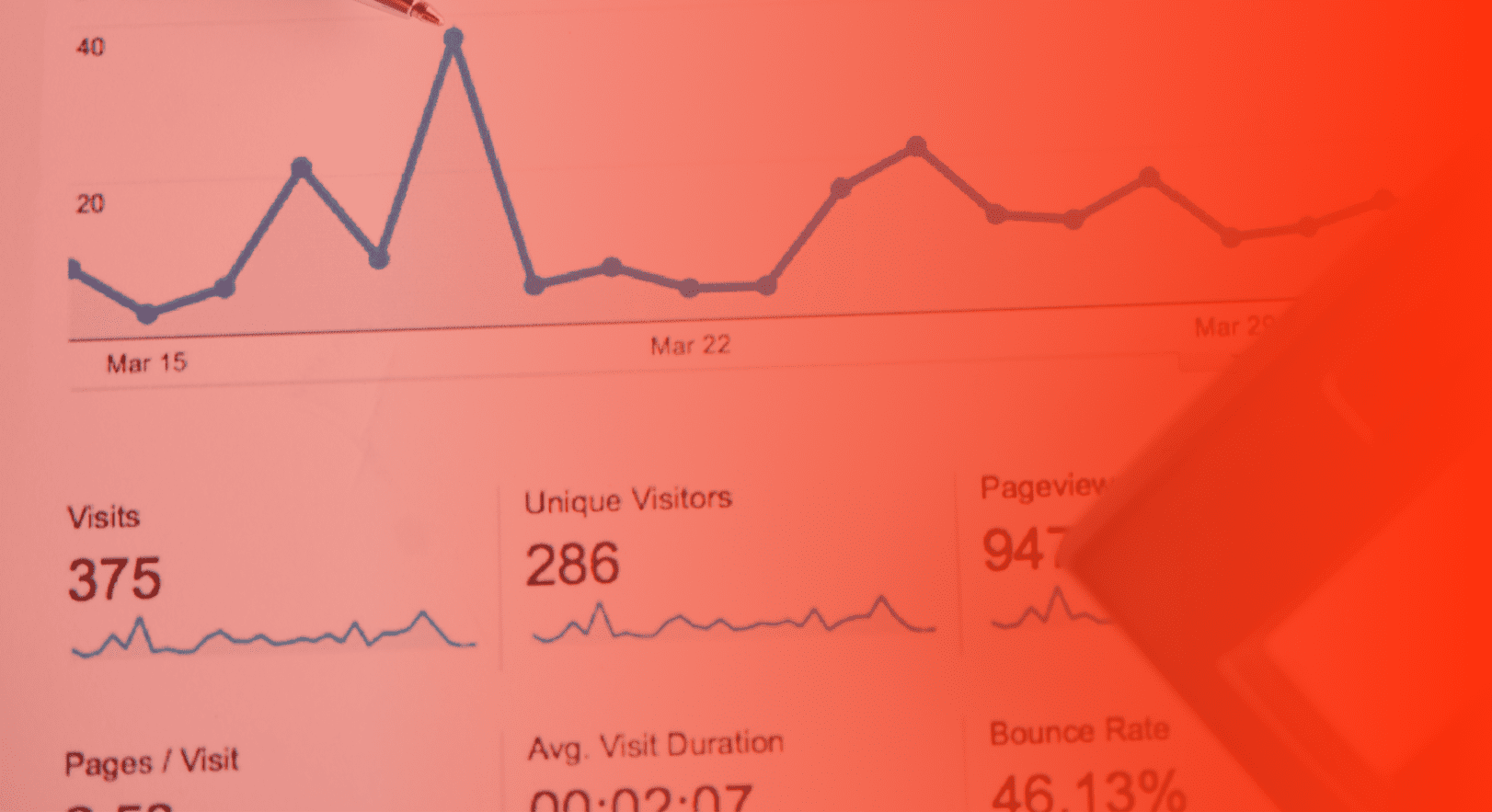
The healthcare industry is a complex and ever-evolving landscape, with new products and services continually emerging. For businesses looking to succeed in this market, a well-planned and executed go to market strategy is critical. In this comprehensive guide, we will delve into the essential components of a healthcare go to market strategy and provide you with a free template to help streamline the process.
Featured Healthcare Marketing Resource
A thorough understanding of the healthcare market is the foundation of any successful go to market strategy. This involves identifying your target audience, analyzing the competition, and uncovering potential opportunities.
Your target audience is the group of people who will benefit the most from your product or service. To identify your target audience, ask yourself the following questions:
By answering these questions, you can tailor your marketing efforts and product offerings to meet the specific needs and desires of your target audience.
Understanding your competition is essential for identifying potential opportunities and differentiators for your healthcare product or service. Conduct market research to determine:
This information will help you develop a competitive edge and position your offering effectively within the market.
In addition to analyzing your competition, it’s crucial to identify market opportunities that your healthcare product or service can address. These opportunities can come in various forms, such as unmet needs, technological advancements, or regulatory changes. By staying informed about industry trends and developments, you can capitalize on these opportunities and create a more robust go to market strategy.
A successful go to market strategy requires a clear understanding of what sets your healthcare product or service apart from the competition. Your unique selling points can include features, benefits, pricing, and customer experience.
Evaluate your healthcare product or service’s features and how they distinguish your offering from competitors. This might involve proprietary technology, user-friendly interfaces, or innovative medical advancements that address specific customer pain points.
Identify the tangible and intangible benefits that your product or service provides to customers. These could include improved patient outcomes, reduced healthcare costs, or more efficient patient-provider communication.
Assess your pricing strategy and how it compares to competitors in the market. Consider whether your product or service offers more value for the price or presents a more cost-effective solution for your target audience.
Examine the overall customer experience that your product or service provides, including ease of use, customer support, and patient satisfaction. A seamless and positive customer experience can be a significant differentiator in a competitive market.
Once you have identified your unique selling points, create a value proposition statement that concisely communicates the benefits and advantages of your healthcare offering. This statement should be clear, concise, and compelling, making it easy for potential customers to understand why they should choose your product or service.
Creating a messaging strategy that effectively communicates your value proposition and unique selling points is an essential aspect of your go to market plan. Your messaging should resonate with your target audience and address their specific needs, concerns, and desires.
When crafting your messaging, consider the following best practices:
Ensure your messaging remains clear and consistent across all marketing materials and channels, which will help reinforce your brand identity and strengthen your value proposition.
Adapt your messaging to suit various marketing channels and audience segments. This may include creating targeted content for social media, email campaigns, blog posts, and other marketing materials. Ensure your messaging remains consistent across all channels while addressing the unique needs and preferences of each audience segment.
Storytelling is a powerful tool for engaging your audience and making your messaging more memorable. Incorporate stories and anecdotes that demonstrate the real-world impact of your healthcare offering. These narratives can help humanize your brand, build emotional connections with your audience, and showcase the benefits of your product or service in a relatable way.
Selecting and building effective distribution channels are essential components of your go to market strategy. These channels are the pathways through which your healthcare product or service reaches your target audience.
Evaluate the most effective distribution channels for reaching your target audience and promoting your healthcare offering. These may include:
Develop and maintain strong relationships with key stakeholders in the healthcare industry. These stakeholders may include healthcare providers, patients, insurance companies, and regulatory bodies. Engage with them regularly through various channels, such as email, phone calls, social media, and in-person meetings. Building strong relationships can help you better understand the needs of your target audience, gather valuable feedback, and foster long-term loyalty.
Developing positive relationships with key stakeholders is crucial for a successful go-to-market strategy in the healthcare industry. The Association of American Medical Colleges (AAMC) provides valuable insights and guidance on how to foster these relationships, I recommend that you check out their stakeholder resource.
A comprehensive marketing plan is essential for promoting your healthcare product or service and driving customer engagement. Your marketing plan should include a variety of tactics and strategies tailored to your target audience and aligned with your overall go to market strategy.
Create valuable and informative content that addresses your target audience’s pain points, challenges, and interests. Content marketing can take many forms, such as blog posts, whitepapers, case studies, and webinars. High-quality content not only helps position your brand as an industry expert but also drives traffic and generates leads.
Leverage social media platforms to reach and engage with your target audience. Share relevant content, participate in industry conversations, and respond to customer inquiries and feedback. Social media marketing can help increase brand awareness, build customer relationships, and drive website traffic.
Optimize your website and online content for search engines to improve visibility and drive organic traffic. Implement best practices for healthcare SEO, such as conducting keyword research, creating high-quality content, and ensuring your website is mobile-friendly and fast-loading.
Build and nurture relationships with your target audience through email marketing campaigns. Send targeted emails that share valuable content, promote special offers, and keep subscribers informed about your healthcare offering.
To gauge the success of your healthcare go to market strategy, establish relevant key performance indicators (KPIs) that align with your business objectives. These KPIs can provide insights into the effectiveness of your marketing efforts, sales performance, and customer satisfaction. Common KPIs for a healthcare go to market strategy include:
Regularly review your KPIs and analyze the results to identify areas for improvement or adjustment. Be prepared to make changes to your go to market strategy based on your findings, such as refining your messaging, targeting different audience segments, or exploring new distribution channels.
Stay up-to-date with industry trends, competitor activities, and customer preferences by conducting regular market research. This ongoing research can help you identify new opportunities, anticipate market shifts, and adapt your go to market strategy accordingly.
Continuously collect and analyze feedback from your customers to better understand their needs, preferences, and experiences with your healthcare offering. This feedback can provide valuable insights for improving your product or service, refining your messaging, and enhancing the overall customer experience.
Maintain open communication and collaboration with your industry partners, such as healthcare providers, regulatory bodies, and other stakeholders. These partnerships can help you identify new opportunities, gain insights into the market, and strengthen your go to market strategy.
Embarking on a successful go to market strategy in the healthcare industry requires thorough planning and analysis. Our comprehensive template pack equips you with all the essential tools to create a well-rounded strategy, tailored to your unique product or service.
Inside our template pack, you’ll find resources such as the Market Research Template, SWOT Analysis Template, Buyer Persona Template, Unique Value Proposition Template, Marketing Channel Matrix Cheat Sheet and Spreadsheet, Pricing Strategy Comparison Cheat Sheet and Spreadsheet, and the Project Management Plan.
Each template has been carefully crafted to provide step-by-step guidance, enabling you to streamline your process and make informed decisions. By using our templates, you’ll gain valuable insights into your target market, competition, and potential marketing channels, ensuring your healthcare product or service stands out in the crowded marketplace.
Don’t miss the opportunity to elevate your healthcare go to market strategy with our comprehensive template pack. Access it now and start planning for success!
Featured Healthcare Marketing Resource
Successfully navigating the complex world of healthcare go to market strategies requires careful planning, a deep understanding of the market, and the ability to adapt to industry trends and customer needs. By following the best practices outlined in this comprehensive guide, you can create a compelling value proposition, craft engaging messaging, and build a robust distribution network to achieve market success.
However, developing and executing a healthcare go-to-market strategy on your own can be challenging and time-consuming. That’s where partnering with a marketing agency like Webserv can make all the difference. Webserv specializes in healthcare marketing, and our team of experts has the knowledge and experience needed to guide you through every step of the go to market process.
By working with Webserv, you can leverage our expertise in healthcare market research, messaging development, distribution channel selection, marketing plan implementation, and performance measurement. We take a data-driven approach to optimize your marketing efforts and ensure that your healthcare offering reaches the right audience at the right time.
A healthcare go-to-market strategy is a plan for successfully launching and promoting a healthcare product or service, targeting the right audience, and achieving growth.
It ensures your healthcare offering addresses target audience needs, stands out from competitors, and positions for success in a complex industry.
Consider potential users or buyers, their pain points, challenges, demographics, preferences, and behaviors to understand and address their specific needs.
Key components include market research, SWOT analysis, buyer persona development, unique value proposition, messaging strategy, distribution channels, marketing plan, and performance measurement.
Evaluate unique features, benefits, pricing, and customer experience; identify what sets your offering apart and develop a clear, compelling value proposition.
Effective tactics include content marketing, social media marketing, SEO, email marketing, and attending industry events like trade shows and conferences.
Measure success using key performance indicators (KPIs) that align with your business objectives, such as market share, sales revenue, customer acquisition cost, customer retention rate, and net promoter score.
